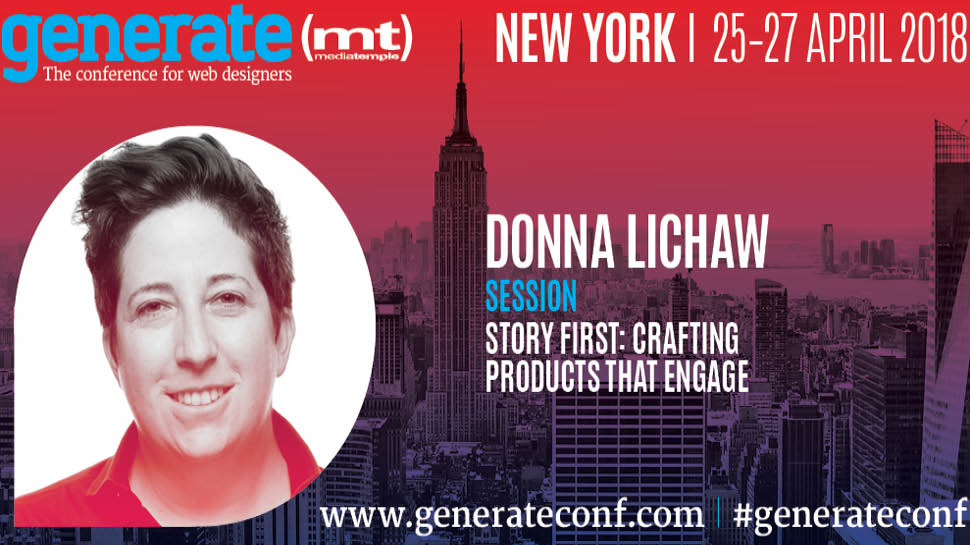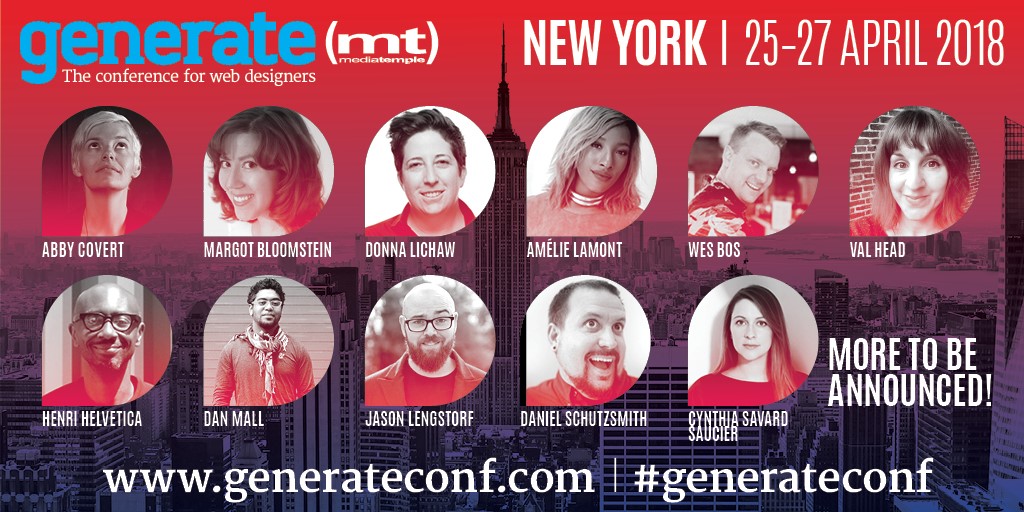Why you should make your users heroes

While many of us seek out the newest and shiniest tools, methods, and processes to build more successful websites, apps, products and services, we often overlook one of the oldest, leanest, most effective tools out there: the structurally sound story. The better the story, the more likely you are to want to use a product, continue to use it, pay to use it, and recommend it to others.
In her Generate New York talk Story First: Crafting Products That Engage, Donna Lichaw will be on hand to explain how she helps organisations define and refine their value proposition, transform their thinking, and better engage with their core customers. Read our quick-fire Q&A from issue 282 of net magazine to find out more.
Tell us a bit about what you do...
Donna Lichaw: I help businesses and nonprofits better engage their audience with websites, software, apps and services. For example, I will help you figure out how to get more people to use your app, or how to encourage more people to buy something.
In your book, The User’s Journey, you describe a story-first approach. In a nutshell, what is this?
DL: If you’re building successful businesses, your job is to move people to action. You need to get them excited about your product or service, get them to want to do something, help them through a path, and then make sure they see value in engaging with your brand. Before I worked in tech, I was a filmmaker and had lots of practice doing all these things. Developing a successful product is much like developing a successful story for a film. It all starts with a fairly simple story structure. Without it, you’re launching best guesses.
What inspired you to develop this approach?
Daily design news, reviews, how-tos and more, as picked by the editors.
DL: After many years working on digital products, I started to see the most successful were those that had a solid story at their foundation. The rest did not. A few years ago, I was helping a startup revive a failing product, and I started to wonder if the story was inherent to successful products or something that could be engineered – just like a movie. Once we started to approach product development like film development, we were able to quickly and easily reimagine the product into something that is now very successful.

How did you end up moving into tech?
DL: I actually started working in tech at the same time I started making films. In college, I made films in school and worked as a multimedia designer, project manager and information architect the rest of the time. Early on it seemed like my work in tech was like a 2D version of my 3D work in film, but as tech got more sophisticated, the two became more similar.
As the industry became concerned with user research and approaching design problems as human problems, my work in tech started to resemble my work making documentaries. I did qualitative and quantitative research to help uncover and solve problems, and then architected solutions that had to not just work, but be engaging.
You do a lot of speaking at events. What do you think is key to a great conference presentation?
DL: A story! When I was working with that fledgling startup a few years ago, I started teaching a class that had a lot of contact hours. I was afraid my students would lose interest or not retain what they learned. I read some books about presentation design and they all preached the importance of having a solid story structure at the core of your presentation.
This was around the time I started asking myself if everything needed a story in order to engage an audience. I wove story structure into my classes, the product for the startup, my talks and workshops. What I’ve found is that if you want to engage your audience, you need to make each person feel like a hero. The best way to do that? Craft a story, call them to action, take them on a journey, provide value, and help them see what they can do next.
What are you working on at the moment?
DL: I just finished up the first part of a really fun project for the nonprofit that maintains Central Park in New York City. We set out to answer why people use the park, why they donate to the conservancy, and how to get more of those people to donate. The answers are the foundation for a digital strategy that will guide website and product development for the next year.
Other than that, I’m working on one of the coolest projects I’ve ever worked on: we have a new baby at home. That will be my top project for the next couple of months at least.

Donna Lichaw will be one of the speakers at our web design event, Generate New York, on 25-27 April 2018. You can view the full star-studded lineup, and book your tickets now, at generateconf.com.
Related articles:
